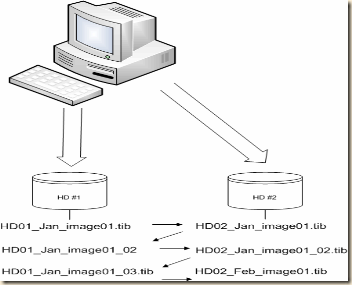It had been know for MONTHS that there was a serious security flaw in iOS and possibly the latest version of OS X that could allow attackers to surreptitiously circumvent the most prevalent Internet security protocol – TLS/SSL and and Security Certificate validations. The issue is a “fundamental bug in Apple’s SSL implementation,” This can allow attackers to view ANY of your ‘secure’ Web communications. This includes e-mail, banking sites. Facebook etc..
Apple finally released an ‘emergency patch’ to the latest version of iOS last week, but it appears that the flaw affects more than just Apple’s mobile platforms. It actually affects the latest versions of OS X – Apples latest desktop Operating System too!!
If you have an iDevice I’d recommend backing it up; via iTunes or any of the other methods I’ve previously recommended. Then checking for any System Updates. Tap Settings > General > Software Update. Then download and Install to download the update. [Updates might download automatically while your device is connected to Wi-Fi and a power source.]
As for you Desktop computer, well there lies the rub. Apple appears to have at first done the usual – deny, then downplay, then finally admit there is a serious problem and ‘promise a quick fix/patch’. [It’s really crazy that they are able to get away with this so often; I guess those reporting are too busy licking Apple sack….but I digress]
So what to do..
If you use the Desktop Apple Operating System – OS X you should always use the latest versions of Chrome or Firefox for internet browsing to help mitigate some of the possible exposure. [I NEVER use Safari and always recommend to all my clients that they don’t either]. Even if you’ve take the latest update on your iDevice I’d still recommend I’d recommend Chrome for iOS.
Here one of the latest articles I’ve found with a VERY good explanation. You should at least read this! But I’d recommend hitting all my sources.
Be safe folks!

